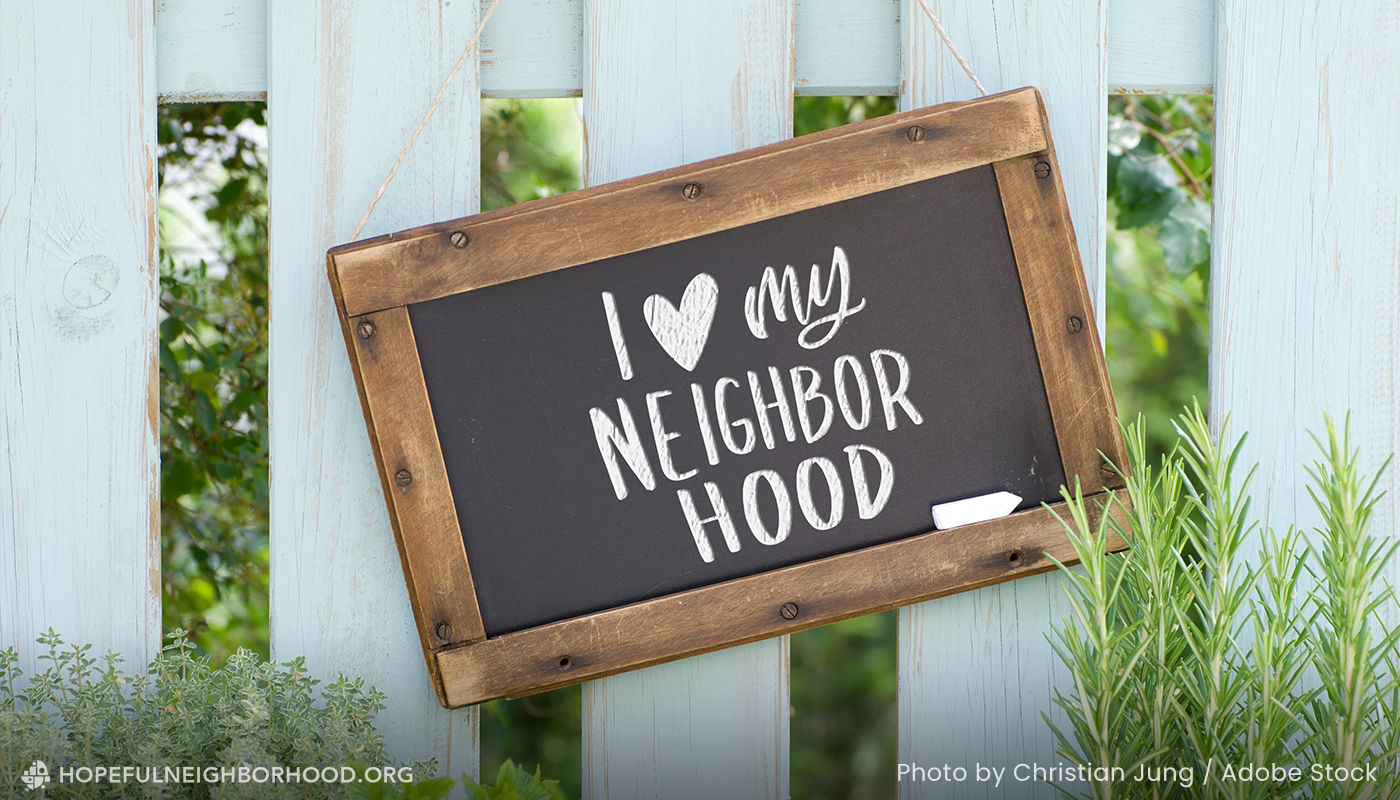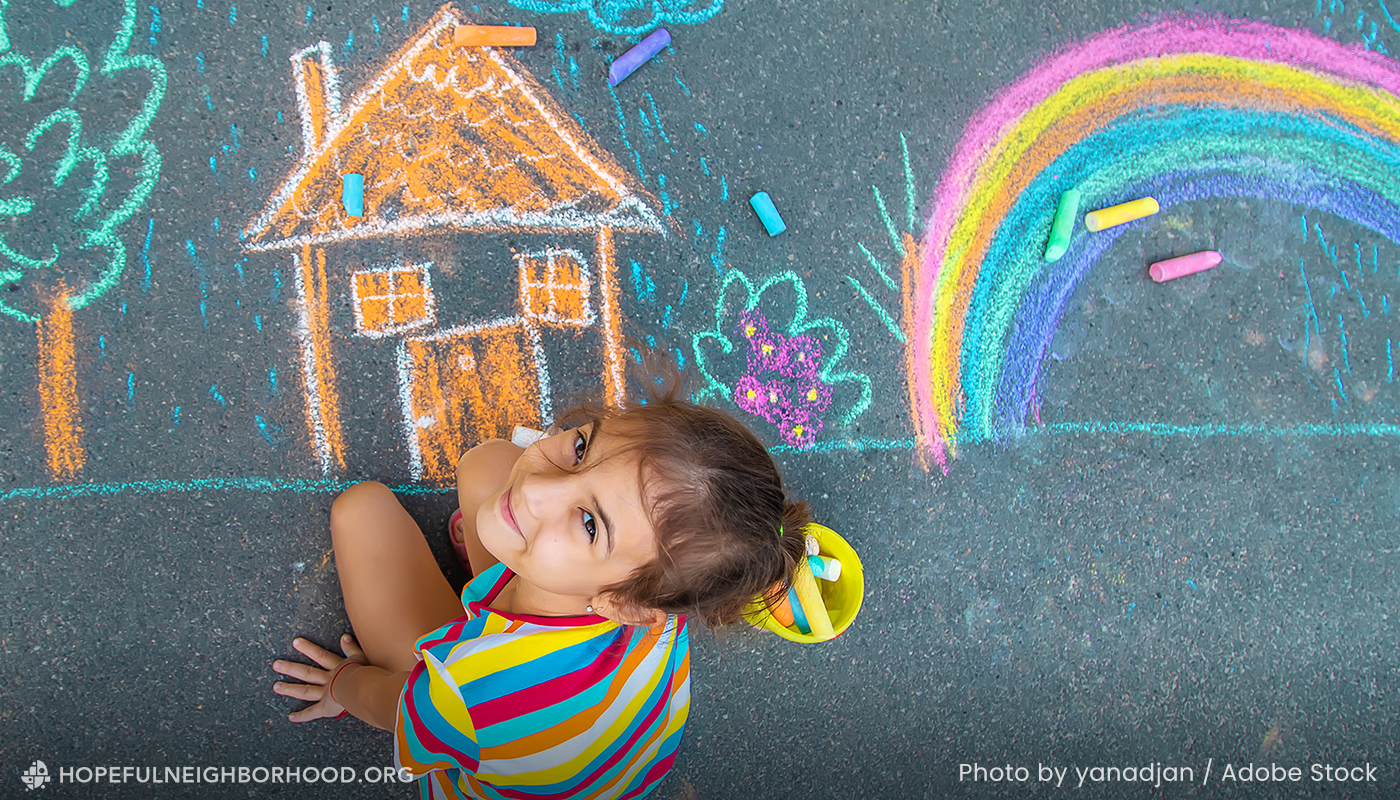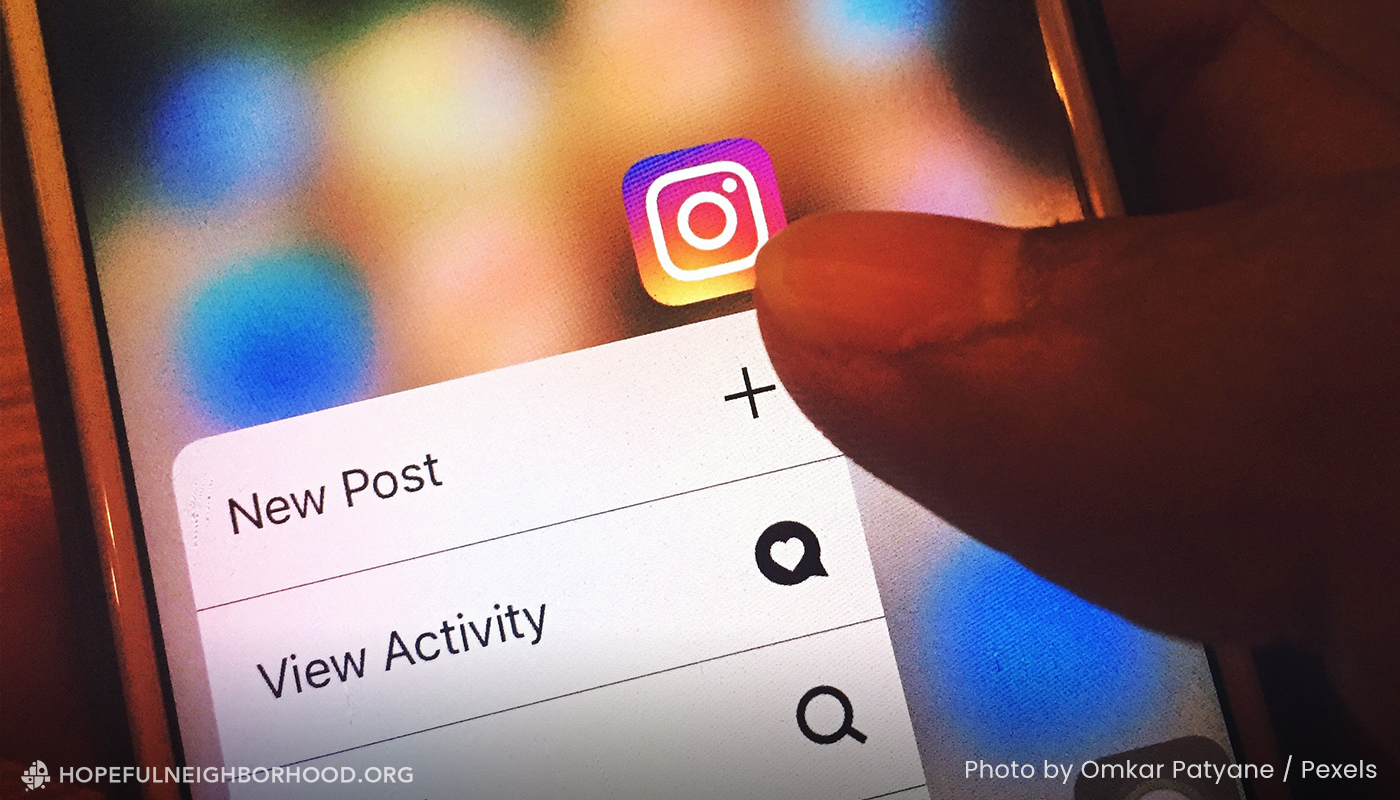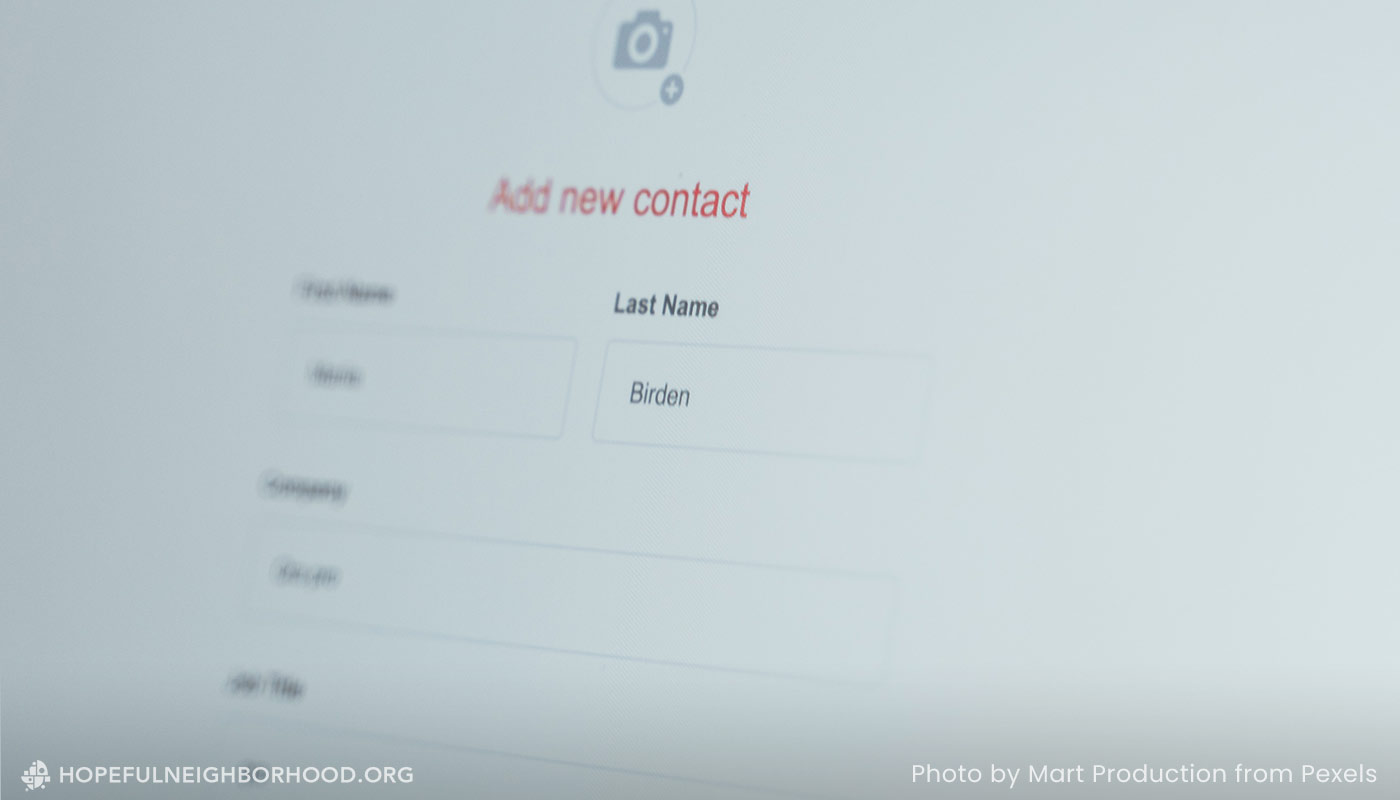The library is one of my favorite community resources. People tend to think of libraries as static, unchanging, and stuffy, when in reality, they are one of the most vibrant, welcoming, and service-minded places in our communities. The library lives to serve, and does so with efficiency and kindness. You may not know how to begin when it comes to using your local library. Here are a few pointers on how to get started.
1. Start with visiting your local library in person.
Setting foot in the library gives you a) the most thorough understanding of the layout of your library and b) works out the technicalities of actually getting to the library. It takes some mental work to figure out how to get there, including researching information like bus routes, parking, library hours, COVID-19 restrictions, and other details. Notice where the checkout counters are, along with the librarian station and reading areas. You can sign up for a library card if you don’t already have one. Libraries offer many benefits to everyone, but a treasure trove of resources opens up to patrons with a library card. Once you visit for the first time in person, library resources are much more accessible to you and your household, because of your awareness.
2. Find the Young Adult section.
When it comes to finding books to read next, the sheer volume of options in the general fiction section can be overwhelming. The Young Adult (YA or teen) section is scaled down, but offers books with palatable levels of depth and complexity. You can find books with main characters that look like you, or that you can personally relate to. And you can find books with main characters very different from your own experience, which are very important when it comes to learning empathy for our neighbors. Young Adult books are casual, unpretentious, and often come in series. Reading a book series is great for knowing exactly which book you’ll grab next. The Young Adult section is a safe space to grow comfortable with using the library.
3. Tap into your librarians’ wealth of knowledge.
For more information specific to your branch, talk to a librarian. Ask them about services offered—and they may or may not be able to contain their excitement. Your library may offer a seed library, a library of things (where household items can be loaned out for use), free classes/events, and a used-book sale. Some libraries have internet devices available for checkout. More and more libraries are doing away with overdue fines. Digital content increases all the time. And if there’s something you’d like to see at the library, librarians are open to suggestions. Recently, my daughter requested a specific audiobook in the children’s section, and we were surprised to find it available only a few weeks later. Your librarians know about all of these services, working daily to ensure they are accessible to you and your neighbors.
4. Check the website.
Honestly, you don’t even have to talk to the librarians, if you prefer. Librarians are great at making information available on their libraries’ websites and social media. That way you can access information at all hours of the day. Many libraries provide access to paid online content, apps for borrowing ebooks and audiobooks, and some streaming services.
Just this month I was able to use my local library in quite a few ways. I made recipes from a cookbook I picked up using its socially distanced pick-up service. My children enjoyed a bedtime story as an audiobook when I was too fatigued to read to them. I picked up a tiny envelope of herb seeds to grow in my kitchen. I attended an online class about art and the auto industry; it was hosted by the local art museum. I placed a hold for a book by an indigenous author that wasn’t available at my branch; it came from another library in the state.
The more familiar you become with your local library, the easier it will be to use its services for the benefit of your household and your neighborhood. Getting started just takes a few steps. What other tips would you add? What do you love about your library? What keeps you from using your library?







0 Comments